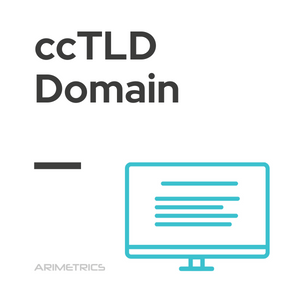
Definition:
The country code top-level domain (ccTLD) is a code top-level domain extension that maps to each country. Simply put, on the Internet, every web page has an address. Well, the termination of this address is called the top-level domain. Thus, each country has its own domain extension that is based on ISO 3166 codes. For example, for Spain it would be “.es”, for the United Kingdom: “.uk”)
The assignment of each ccTLD domain is carried out by the Internet Corporation for Assigned Names and Numbers (ICANN).
Importance of ccTLDs in digital marketing strategies
ccTLD domains are essential for digital marketing strategies as they allow companies to establish a local presence in different markets. By using a country-specific ccTLD, companies can build trust among local users, as these domains are perceived as more relevant and trustworthy. In addition, search engines often prioritize local ccTLDs in search results for users from that country. This can significantly improve a company’s visibility in a specific market, making it easier to achieve its business objectives.
Technical considerations when using ccTLDs
When choosing a ccTLD, it is important to consider certain technical aspects. For example, each ccTLD may have different registration policies and requirements, which could influence the acquisition process. It is essential to ensure that the website content is optimized for the local market, including the use of language and appropriate cultural references. Consideration should also be given to the impact on SEO as ccTLDs can influence how search engines interpret the geographic relevance of content.
Challenges and limitations of ccTLDs
Although ccTLDs offer significant advantages, they also present certain challenges. One of the main challenges is managing multiple websites if a company operates in multiple countries, which may require additional resources to maintain and update each site. In addition, some ccTLDs have specific restrictions on who can register them, which may limit a company’s ability to secure a domain in certain markets. Finally, it is important to consider user perception, as in some cases, a ccTLD may not be sufficient to overcome cultural or language barriers.
Examples of ccTLDs
The ccTLDs are assigned to each country and are based on ISO 3166 codes. Some common examples include:
- .es – Spain
- .uk – United Kingdom
- .fr – France
- .de – Germany
- .jp – Japan
- .br – Brazil
- .au – Australia
